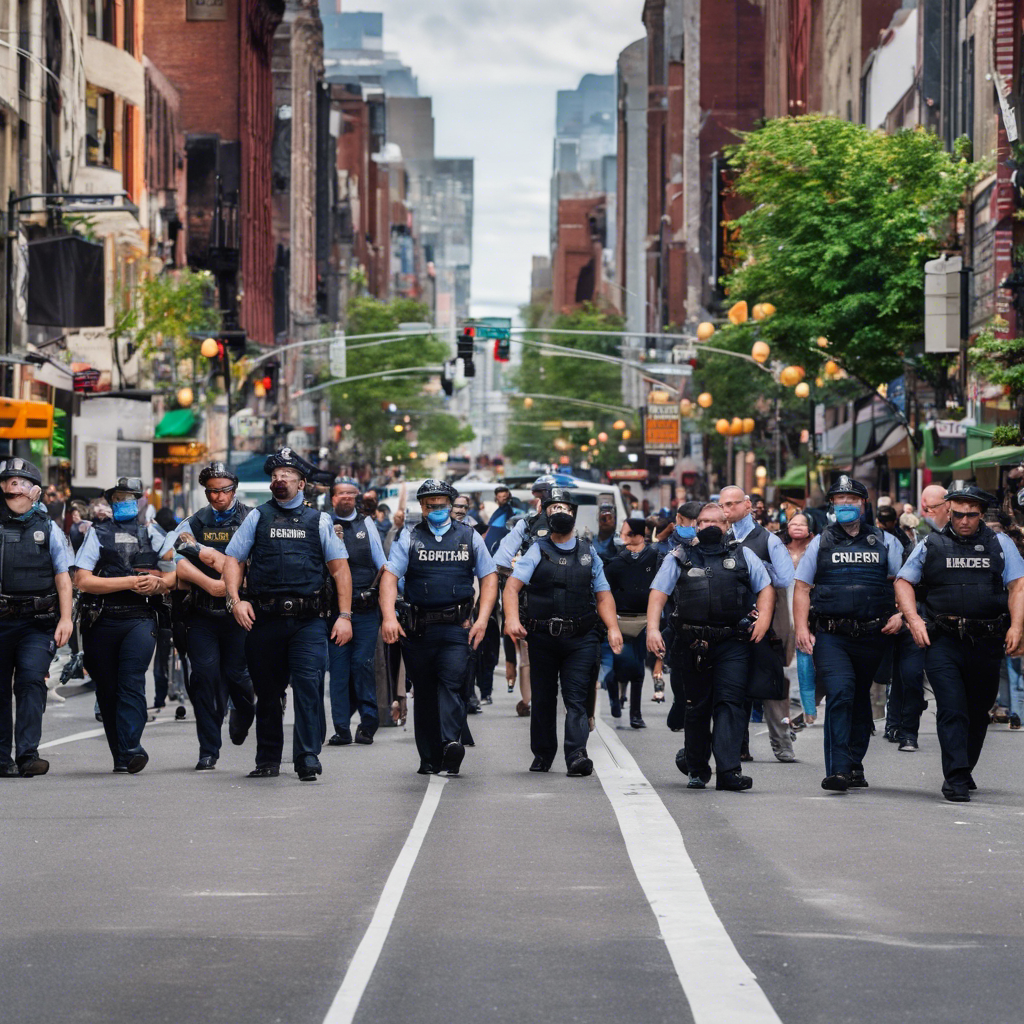The Dark Side of Fast Fashion: The Environmental and Social Impact of Cheap Chic

The rise of fast fashion and its consequences for the planet and workers
In a world where trends change at lightning speed, fast fashion has become the go-to option for fashion enthusiasts looking for affordable and trendy clothing. However, behind the allure of cheap chic lies a dark reality. The fast fashion industry, driven by the need to produce garments quickly and cheaply, has a devastating impact on the environment and exploits workers in low-wage countries. This article explores the reasons behind the popularity of fast fashion, its global impact, and the growing demand for sustainable alternatives.
Fast Fashion: The Need for Speed
Fast fashion is a business model that focuses on producing garments in bulk and at a rapid pace to keep up with current trends. Brands like Zara and H&M have perfected this model, offering consumers affordable versions of high-end designs in record time. Online retailers like Shein and Fashion Nova have also emerged as major players in the fast fashion industry, utilizing their quick production schedules to push out hundreds of designs in small batches.
The Environmental Toll
The fast fashion industry is a significant contributor to global carbon emissions, accounting for 10% of annual emissions. The production of fast fashion garments relies heavily on materials like polyester, a synthetic fiber made from nonrenewable fossil fuels. Polyester takes approximately 200 years to decompose, contributing to the growing problem of textile waste. Additionally, the relentless pace of fast fashion leads to overproduction and excessive waste, further exacerbating environmental issues.
Exploitation of Workers
The fast fashion industry relies on cheap labor, with approximately 75 million factory employees worldwide. However, only 2% of these workers earn a living wage, leading to widespread exploitation and poor working conditions. Countries like India, Bangladesh, and Pakistan are often the manufacturing hubs for fast fashion brands, where workers are paid low wages and sometimes subjected to dangerous conditions. The exploitation of child labor is also a concern in some cases.
The High Cost of Cheap Chic
While fast fashion may offer consumers affordable clothing, the true cost is borne by both the environment and the workers in the supply chain. The rapid production and consumption cycle of fast fashion leaves little room for ethical considerations or the rights of workers. The fashion industry’s heavy reliance on fossil fuels further contributes to the environmental crisis. As Aja Barber, a writer and stylist, puts it, “The planet is on fire, and the truth is the fashion industry aids in a percentage of that.”
The Rise of Sustainable Fashion
As awareness of the environmental and social impact of fast fashion grows, consumers are seeking alternatives. Sustainable fashion, which focuses on environmentally friendly production and materials, offers a viable solution. Natural fibers such as cotton, hemp, linen, wool, and silk are more durable and have a longer lifespan, making them a sustainable choice. Thrift shopping is also an affordable way to participate in sustainable fashion by finding clothing made with a higher percentage of natural fibers.
Conclusion: The fast fashion industry’s popularity comes at a high cost to the environment and workers. The relentless pursuit of cheap chic has led to excessive waste, exploitation, and environmental degradation. However, there is hope in the rise of sustainable fashion and the growing awareness among consumers. By making conscious choices and supporting brands that prioritize ethical and sustainable practices, individuals can contribute to a more sustainable and equitable fashion industry. It’s time to rethink our shopping habits and embrace a more responsible approach to fashion.










